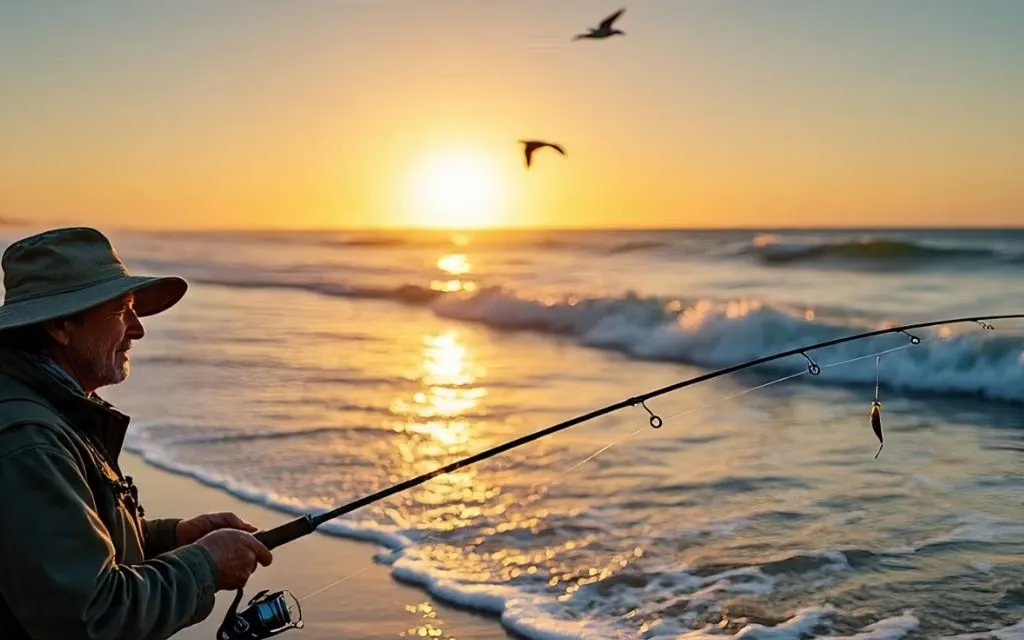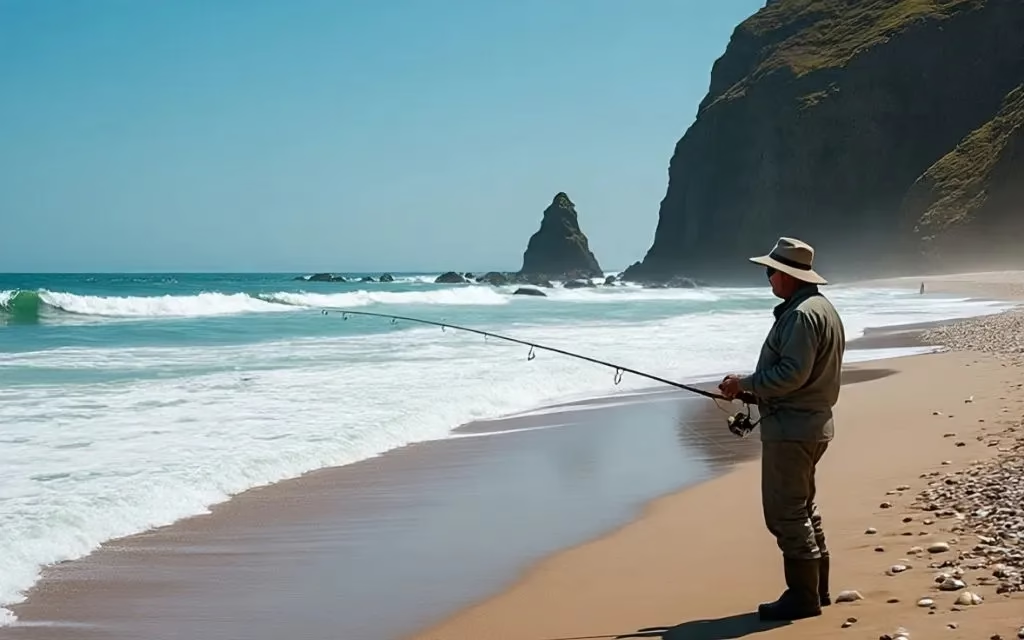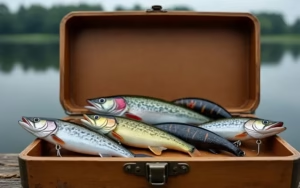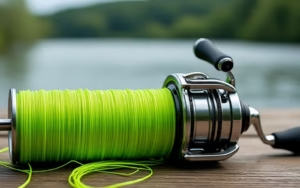Surf fishing, often called surfcasting, is the skill of capturing fish right off the beach. Unlike fishing from a boat, this lets people enjoy the thrill of fighting big saltwater fish without having to pay for a boat. It’s one of the easiest and cheapest ways to fish in saltwater.The experience is more than just the catch. When you walk down the shore, feel the tide change, and cast into breaking waves, you feel very close to nature.Every hit in the surf feels like a personal battle because the current makes the struggle more intense in ways that boat fishing can’t.
Where Can You Surf Fish?
One of the best things about surf fishing is that it’s easy to do. There are fish in the water where it meets the land, as on sandy beaches and rocky shores. You don’t have to go very far to find fish, even if some parts of the coast are better for fishing than others. If you live near the coast or are going to the beach, you can nearly always locate places to surf fish right where you are.
Choosing Target Species
It’s a good idea to find out what kinds of plants and animals are in your area before you start. Availability can alter with the seasons because many saltwater fish move around. If you look into what’s active at the time of year you’ll be fishing, you’ll have a far better chance of catching fish.Pick one or two species to focus on instead of trying to catch everything. For example, bluefish or speckled trout might be better for people who like to toss lures along the beach. People that want to soak bait for a big fish often go after red drum, striped bass, or even sharks.
Reading the Shoreline
It can be daunting to stand on a huge wide beach, but fish are rarely dispersed all over the place. They come together in certain places that help them find food or refuge.Predators are virtually always drawn to moving water, like waves, tides, or wind, since it confuses baitfish. Things like sandbars, boulders, oyster beds, and drop-offs are good places for gamefish to hide and attack. Even small changes, like going from sandy to rocky bottoms or from clear to murky water, are worth looking at.
The rule is simple: if something is different along the shore, you should cast it.
When Is the Best Time for Surf Fishing?
The right time can make all the difference. You can catch fish at any time of day, but some conditions make it more likely. Many species travel closer to shore when the light is low, thus sunrise and sunset are frequently the best times to fish. Nocturnal hunters are still out hunting at dawn, while daylight feeders are looking for their first meal.Fishing at night works very well too, especially for sharks, striped bass, and drum. Instead than just paying attention to the time of day, pay particular attention to the tides. Going back to a place where you got fish at a certain tide stage generally works again.

Finding Productive Spots
Not all shorelines are the same, yet certain places always have fish. If you pay attention to rip currents, sandbars, or changes in depth that bring bait together, sandy beaches can be good places to fish. Rocky beaches are often even better because ledges and points naturally draw in baitfish and make good places to hide.Outflows, inlets, and breachways are also great places because food is always moving between the ocean and the backwaters. Like rivers, move your bait or lures along seams where predators are waiting. Jetties and piers are other good places to fish since they let you get to deeper water and current breaks where bait tends to gather.
Essential Surf Fishing Gear
Surf Rods
A surf fishing rod is normally between 8 and 12 feet long so that you can cast far and keep the line above breaking waves. Pick a rod that can handle the weight of the lures or bait you plan to use. Tsunami is a good choice for beginners since it is cheap, and St. Croix or Lamiglas are good choices for advanced fishermen because they are high-end.
Reels
Surf reels have to be able to handle salt, sand, and the power of big fish. The best spinning reel is one that is strong and fits your rod size. Many people think Penn Battle reels are a good compromise between price and robustness. Anglers that fish in severe surf often like Van Staal reels.
Line and Leaders
Braided line is the best choice for surf fishing since it casts farther and is more sensitive than monofilament. Using a leader of monofilament or fluorocarbon with braid protects it from getting scratched by rocks, sand, or sharp fish teeth. The strength of the leader should match the type of fish you want to catch.
Tackle and Lures
Anglers who utilize bait frequently employ basic rigs like the Carolina rig with shrimp, squid, or cut bait. Tins, soft plastic paddletails, and topwater poppers are all good and flexible choices for lure fisherman. These three types of lures can be used in most situations when surf fishing.
Other Essentials
You might also want to bring waders for cold water, pliers for handling hooks, a tackle bag to keep everything organized, and a headlamp for fishing at night. When fishing with bait, a lot of people also bring rod spikes or sand holders to keep their poles from moving.
Tips for Surf Fishing Success
You need to be patient and pay attention to be good at surf fishing. Instead of trying to learn everything at once, start with one or two species. Don’t forget about close-in casts, because many fish feed just beyond the breaking waves. Also, pay attention to how tides and currents affect fish behavior. If you write down what you do on each trip, you’ll be able to see patterns over time.
Conclusion
Surf fishing is a great, cheap, and very reward way to enjoy the ocean.Anyone can go to the shore and capture big saltwater fish with just a rod, annual, and some simple tackle. You can make any day at the beach an adventure by learning how to read the shoreline, fishing at the correct times, and focues on certain types of fish.Surf fishing is a heavy way to conect with the ocean and make memories that will last a lifetime. You can cast lines at dawn on a sandy beach or fight on the beach at night.




